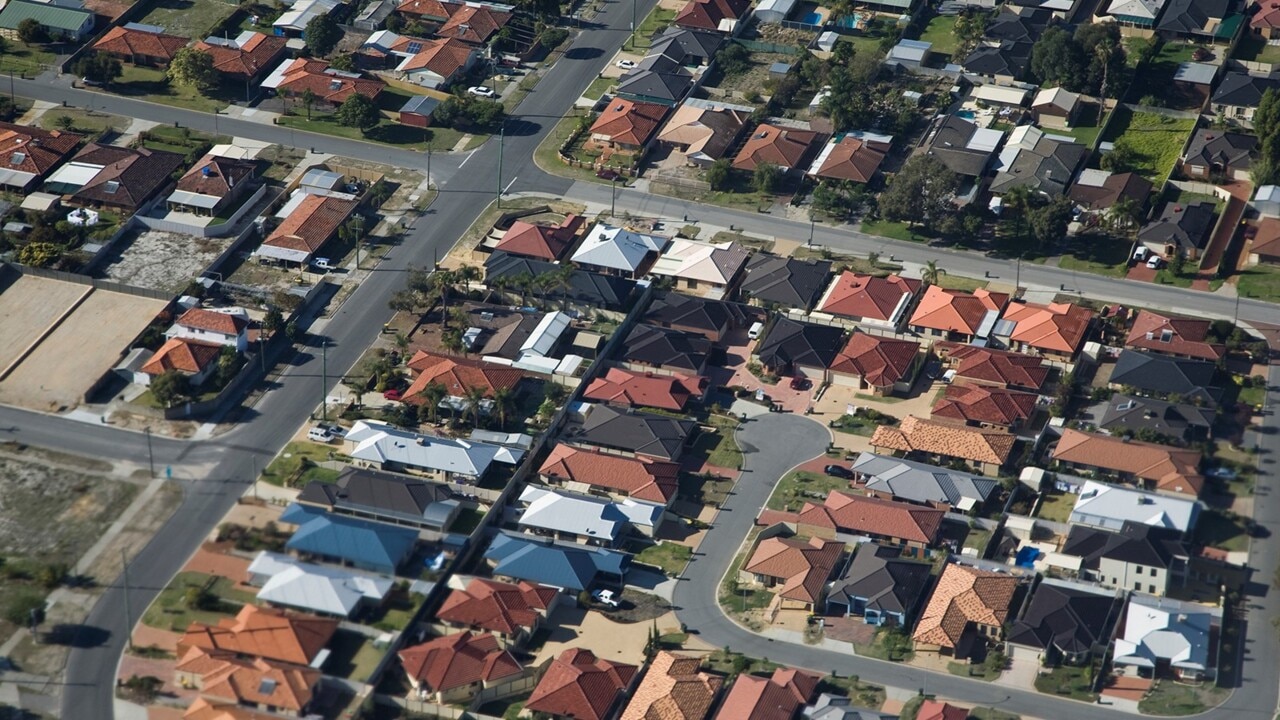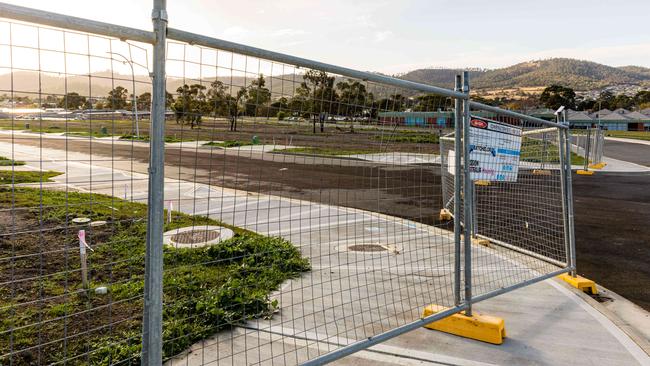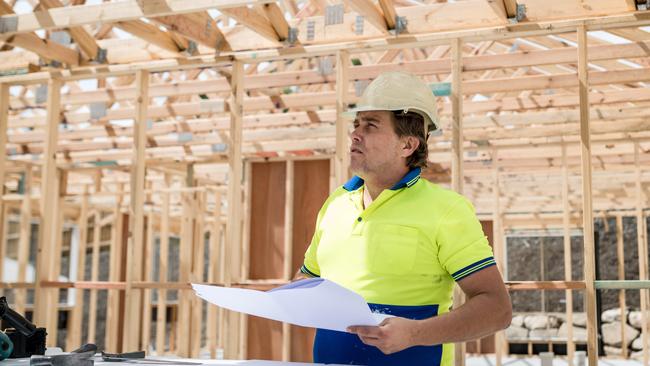Australia’s evolving regional population dynamics signal opportunities and challenges ahead
Population growth on the urban fringes of major cities will require a revolution in the services and amenities they receive.

Australia’s regional population landscape has experienced significant shifts in recent years, and the impact of the Covid-19 pandemic has influenced these dynamics.
From the initial disruptions to the subsequent rebound, understanding the evolving population trends in regional areas provides valuable insights into the resilience and adaptability of these communities and presents opportunities for strategic planning and investment in the years to come.
The capital cities of Australia experienced a significant resurgence in population growth for the 2021-22 period in a revival driven by the return of overseas migration, which accounted for about 74 per cent of the overall population increase.
Over this time, the combined population of the capital cities increased by 205,400 – a growth rate of 1.2 per cent. This stands in stark contrast to the population decline of 47,300 (-0.3 per cent) observed in 2020-21.
Among the capital cities, Brisbane had the highest population growth, welcoming 59,000 people. Melbourne was close behind, with an increase of 55,000 residents.
Sydney, on the other hand, had comparatively smaller growth of 37,000. Perth and Adelaide both witnessed notable population increases, adding 32,000 and 16,000 people, respectively.
Meanwhile, Hobart and Darwin had more modest gains, with population increases of 1600 and 800 people, respectively.
In 2021-22, regional Australia experienced a growth rate of 1.2 per cent, resulting in a population increase of 102,700. This growth surpassed the 1 per cent growth rate observed in 2020-21. The primary driver of population growth in the regions is internal migration, with 47,000 relocating to these regions. Net overseas migration contributed 32,000 to the population growth, while natural increase accounted for an additional 23,000 people.
Before the pandemic, population growth predominantly occurred within the capital cities, driven by the influx of migrants, international students, and the allure of hip urban culture and employment opportunities. However, the pandemic brought about a shift in this trend, as regions began to attract people away from the cities. Two main factors contributed to this movement.

First, the work-from-home movement emerged, enabling people to prioritise lifestyle aspects and seek alternative living arrangements outside of city centres. This new-found flexibility allowed people to choose locations based on their preferences rather than proximity to their workplaces.
Secondly, millennials starting families sought affordable housing options suitable for larger households. Such properties were often found on the outskirts of cities and in regional areas, compelling them to relocate away from the urban centres.
This reversal in population movement during the pandemic signifies a shift in priorities and a re-evaluation of living preferences, with regions offering new opportunities for both work and housing, and the trend continued in 2021-22.
Let’s examine the population movement within the city. In the year 2020-21, suburbs within a 25km radius of the city centres experienced a decline in population, while suburbs beyond this range saw population growth.
Suburbs within 5km of the city centre witnessed a notable decline of 3.5 per cent in population. This decline was primarily driven by the decrease in international students and skilled workers.
Suburbs located within a 5-15km range from the GPO witnessed a decline of 1.3 per cent in population, which can be attributed to workers opting for a lifestyle change in tree-change and sea-change regions, as the necessity of commuting to work on a daily basis diminished.
Suburbs situated within a 15-25km distance experienced a decline of 0.6 per cent in population. In contrast, suburbs located at the outer edges of the city (25km and beyond within the metropolitan boundary) observed a growth of 1.8 per cent. This growth can largely be attributed to the presence of newly available affordable housing options in these areas, which have proven attractive to millennials starting families.

However, this trend was short-lived, as data from 2021-22 indicates that suburbs within the 25km radius experienced overall positive population growth. Although this figure is not yet comparable to pre-pandemic trends, it suggests a potential return to the growth patterns seen in these regions before the pandemic.
The return of international students and skilled workers contributed around 20,500 people, reflecting a 1.4 per cent increase in suburbs within 5km from the city centre. With the transition from full-time work-from-home to a hybrid work-from-home model, we are witnessing a return of population residing within a commutable distance from the CBD office towers (within the 5-15km radius), adding 24,700 people and reflecting a 0.5 per cent increase. Additionally, there is a rebound in the population within the 15-25km zone, with an additional 19,800 people, equating to a 0.5 per cent increase.
Finally, the urban fringe areas (25km and beyond from the GPO) experienced stronger growth of 2.4 per cent, welcoming an additional 113,700 people.
There were variations in population growth and decline within each capital city. In Sydney, Schofields-East had the highest population increase, followed by areas like Marsden Park – Shanes Park and Box Hill-Nelson. The outer northwest surged as families moved in.
Melbourne’s Rockbank-Mount Cottrell also took off, along with Mickleham-Yuroke and Wollert, as the city’s outer north and west offered affordable housing. Brisbane followed the southern capitals, with Ripley, Boronia Heights, Park Ridge and Springfield Lakes all attracting families and the outer suburban lifestyle also appealing to people in Adelaide, Perth, Hobart, Darwin and Canberra.

The data reveals that the urban fringes are likely to experience significant population growth in the coming years. As the population increases, there will be corresponding demand for various services and amenities.
These newly established communities will require the development of transportation infrastructure, including roads and public transportation, to facilitate easy access to the city centre and other areas. Additionally, there will be a need for the establishment of schools, daycare facilities, medical centres and shopping centres.
Providing adequate services in these expanding regions can be a challenge for local governments and authorities.
Planning and investment in infrastructure and public services will be crucial to meet the demands of the growing population. This includes not only the physical infrastructure but also ensuring the availability of trained professionals and service providers in these areas.
On the other hand, the population growth in the urban fringes also presents opportunities for economic development and job creation. With the increased demand for services, there is potential for the establishment of new businesses and employment opportunities in these areas. This can lead to local economic growth and improved quality of life for residents.
Overall, the expected population growth in the urban fringes highlights the importance of proactive planning and investment in infrastructure and services to accommodate the needs of these expanding communities.
By addressing these challenges and capitalising on the opportunities, the urban fringes can thrive as vibrant and sustainable areas that offer a high quality of life for their residents.
Hari Hara Priya Kannan is a data scientist at The Demographics Group.







To join the conversation, please log in. Don't have an account? Register
Join the conversation, you are commenting as Logout